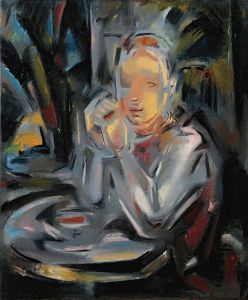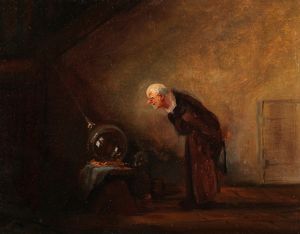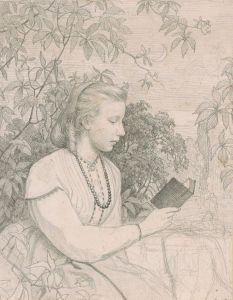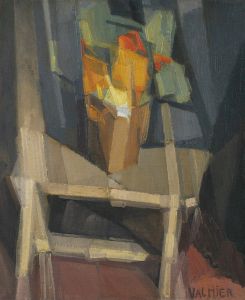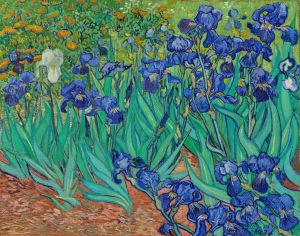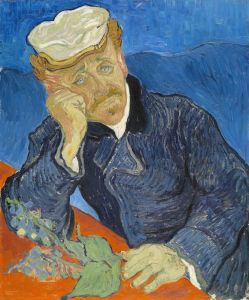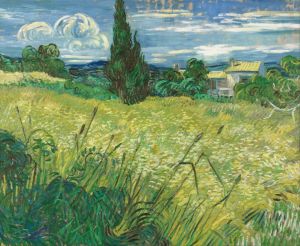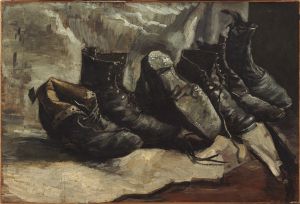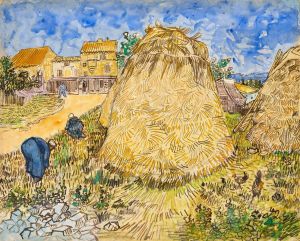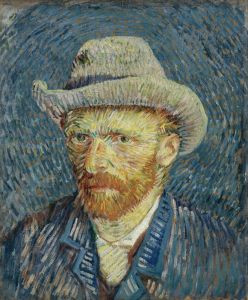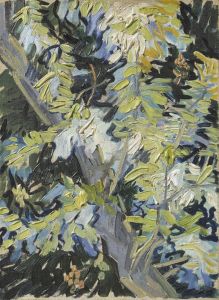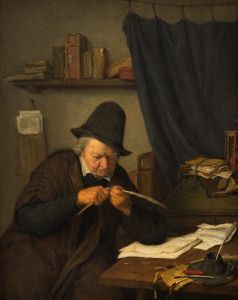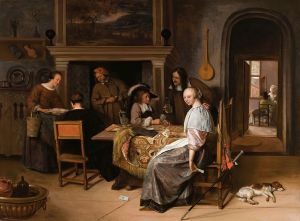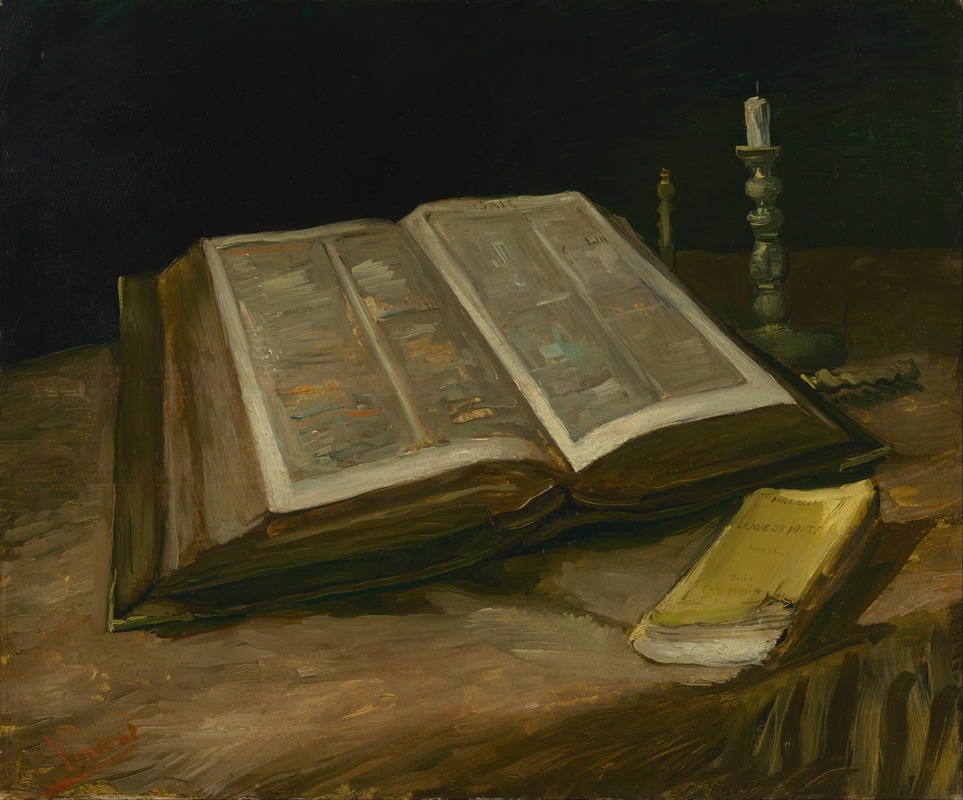
Still Life with Bible
A hand-painted replica of Vincent van Gogh’s masterpiece Still Life with Bible, meticulously crafted by professional artists to capture the true essence of the original. Each piece is created with museum-quality canvas and rare mineral pigments, carefully painted by experienced artists with delicate brushstrokes and rich, layered colors to perfectly recreate the texture of the original artwork. Unlike machine-printed reproductions, this hand-painted version brings the painting to life, infused with the artist’s emotions and skill in every stroke. Whether for personal collection or home decoration, it instantly elevates the artistic atmosphere of any space.
Still Life with Bible is an oil painting created by the Dutch Post-Impressionist artist Vincent van Gogh in October 1885. The work is part of a series of still-life paintings that van Gogh produced during his early artistic career in the Netherlands, a period marked by his exploration of somber tones and themes. This painting is notable for its symbolic content and personal significance, reflecting van Gogh's complex relationship with religion and his family.
The painting features a large, open Bible placed prominently on a table, its pages spread wide. Next to the Bible lies a small yellow book, identified as La Joie de Vivre (The Joy of Life) by Émile Zola, a French novelist whose works van Gogh admired. A burnt-out candle is also visible, adding to the contemplative and introspective atmosphere of the composition. The juxtaposition of the Bible and Zola's book has been interpreted as a reflection of van Gogh's shifting worldview, moving away from the strict religious upbringing of his youth toward a more humanistic and artistic perspective.
The Bible in the painting is believed to have belonged to van Gogh's father, Theodorus van Gogh, a Protestant minister. The inclusion of this family heirloom may symbolize van Gogh's respect for his father's faith, even as he struggled with his own spiritual beliefs. The dark, muted color palette, dominated by browns, blacks, and grays, is characteristic of van Gogh's early works, created before he adopted the vibrant and expressive style for which he later became famous.
Van Gogh painted Still Life with Bible shortly after the death of his father in March 1885, and the work is often seen as a tribute to him. The somber mood of the painting, combined with its symbolic elements, suggests a meditation on themes of faith, mortality, and the search for meaning. The burnt-out candle, in particular, has been interpreted as a metaphor for the end of life or the extinguishing of spiritual fervor.
Today, Still Life with Bible is housed in the Van Gogh Museum in Amsterdam, the Netherlands. It is considered an important example of van Gogh's early artistic development and his engagement with deeply personal and philosophical themes. The painting provides insight into the artist's inner struggles and the influences that shaped his work during this formative period.





